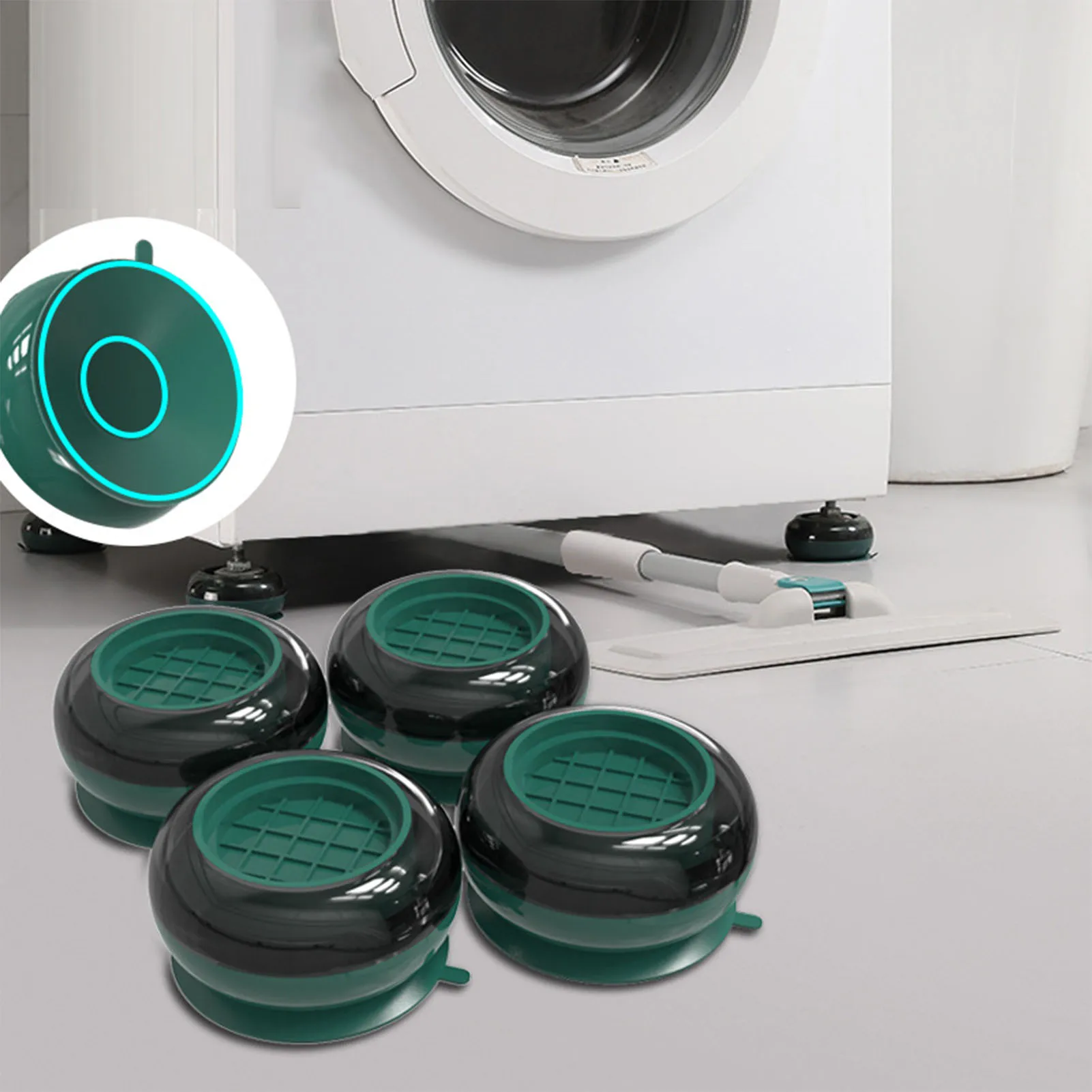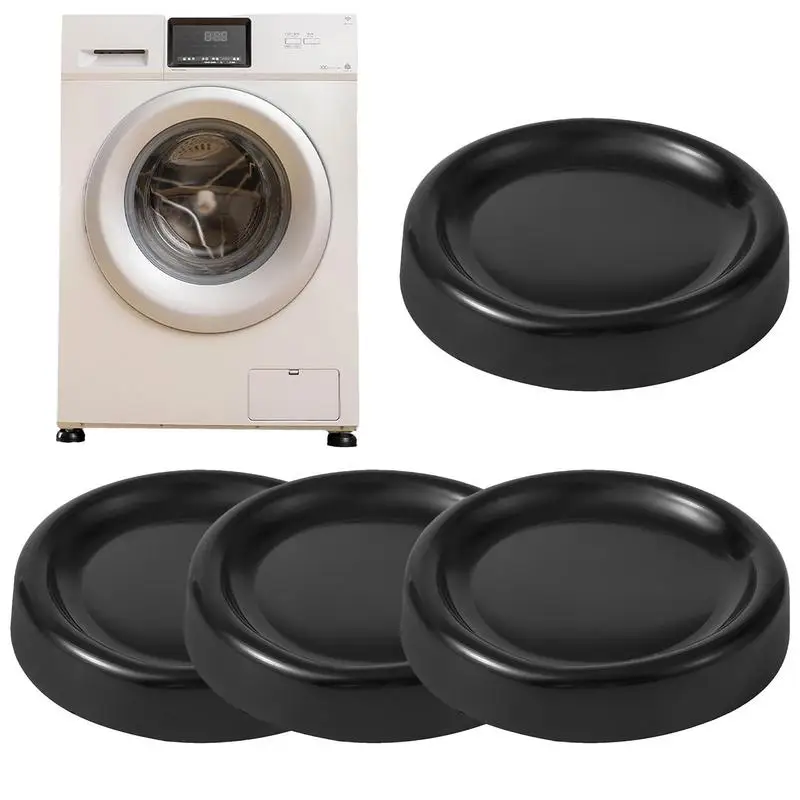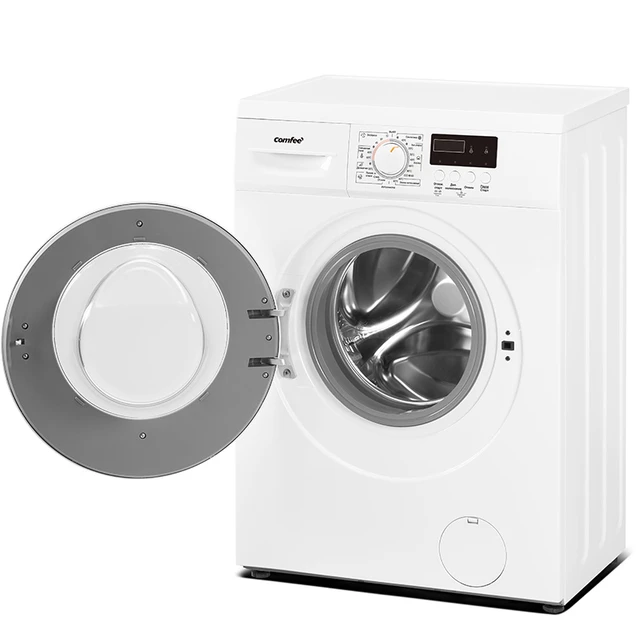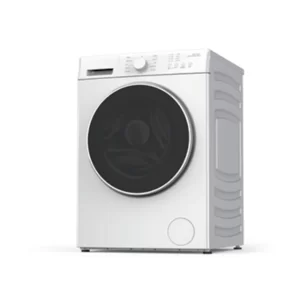Why Is My Washing Machine Making a Banging Noise?
Introduction:
Hearing a loud banging noise from your washing machine can be alarming and indicates that something’s not quite right. Identifying and resolving this issue promptly can prevent further damage and ensure your appliance operates efficiently. This comprehensive guide explores the potential causes of a banging noise in your washing machine, how to troubleshoot the issue, and the steps to fix it. We’ll also provide preventative measures to avoid future occurrences. Understanding and addressing the problem can restore peace to your laundry routine.

Why Is My Washing Machine Making a Banging Noise?
Causes of the Banging Noise in a Washing Machine
Several factors can contribute to a washing machine making a banging noise. Identifying the exact cause is crucial for effective troubleshooting and repair.
Unbalanced Load: An unbalanced load is one of the most common reasons for a washing machine to make banging noises. When clothes clump together, the drum can become unbalanced, leading to loud thumping sounds during the spin cycle.
Overloading: Overloading the washing machine with too many clothes or large items like blankets and comforters can cause the drum to become unbalanced. This results in excessive movement and banging noises as the machine struggles to stabilize.
Loose Drum or Bearing: The drum bearing helps the drum spin smoothly. If the bearing is worn out or loose, it can cause the drum to wobble and produce washing machine knocking during operation.
Worn Shock Absorbers or Dampers: Shock absorbers or dampers prevent the drum from excessive movement. If these components deteriorate or fail, the drum can move excessively, resulting in loud banging noises.
Loose or Damaged Drive Belt: The drive belt connects the motor to the drum, enabling it to spin. A loose or damaged belt can cause the drum to spin erratically, leading to banging sounds.

Tools and Materials Needed
Before you begin troubleshooting and fixing the banging noise, gather all the necessary tools and materials.
Required Tools:
- Screwdrivers (Phillips and flathead)
- Wrench or socket set
- Pliers
- Level
- Work gloves for protection
- Flashlight for better visibility
Replacement Parts (depending on the issue):
- New shock absorbers or dampers
- Drum bearings
- Drive belt
- Mounting bolts or feet (if necessary)
Step-by-Step Guide to Troubleshooting and Fixing a Banging Noise
Follow these detailed steps to diagnose and fix the banging noise in your washing machine.
Step 1: Safety First
Disconnect the Washing Machine: Unplug the washing machine from the electrical outlet to ensure your safety during the repair process. Turn off the water supply to prevent any leaks or water damage.
Wear Protective Gear: Put on work gloves to protect your hands from sharp edges and debris. Safety goggles are also a good idea to protect your eyes from dust and small particles.
Step 2: Inspect for Unbalanced or Overloaded Load
Stop the Machine: If you hear banging noises during operation, stop the washing machine immediately. Open the door and inspect the load.
Redistribute the Clothes: Check if the clothes are clumped together on one side of the drum. Redistribute them evenly around the drum to balance the load.
Remove Excess Items: If the drum is overloaded, remove some items to lighten the load. Overloading can cause imbalance and excessive movement, leading to banging noises.
Run a Test Cycle: Close the door and run a test cycle with the redistributed load.

Step 3: Check the Drum and Bearings
Access the Drum: If redistributing the load doesn’t solve the problem, you’ll need to access the drum. Use a screwdriver to remove the top or back panel of the washing machine, depending on your model.
Inspect the Bearings: Check the drum bearings for signs of wear, damage, or looseness. Spin the drum manually to see if it wobbles or makes noise. If the bearings are worn out, they need to be replaced.
Replace the Bearings: If the drum bearings are faulty, remove them with a wrench or socket set and install new bearings. Ensure they are seated correctly and secure.
Step 4: Examine the Shock Absorbers or Dampers
Locate the Shock Absorbers: Shock absorbers or dampers are usually located at the bottom of the washing machine, connected to the drum and base.
Inspect the Shock Absorbers: Check the shock absorbers for signs of wear, damage, or leakage. Press on them to see if they provide resistance. If they are weak or broken, they need to be replaced.
Replace the Shock Absorbers: Remove the old shock absorbers using a wrench and install new ones. Ensure they are properly attached to both the drum and the base.
Run a Test Cycle: After replacing the shock absorbers, run a test cycle to check for any remaining banging noises. Properly functioning dampers should reduce excessive drum movement.
Step 5: Investigate the Drive Belt
Access the Drive Belt: Locate the drive belt, which connects the motor to the drum. You may need to remove additional panels or access the bottom of the washing machine smoking.
Inspect the Belt: Check the drive belt for signs of wear, fraying, or damage.
Replace the Belt: If the drive belt is faulty, remove it and install a new one.
Run a Test Cycle: Close the panels and run a test cycle to check if the banging noise has been resolved. A properly functioning drive belt should eliminate erratic drum movement.
Step 6: Look for Foreign Objects
Inspect the Drum: Using a flashlight, inspect the drum and the gap between the drum and the outer tub for any foreign objects like coins, buttons, or debris.
Remove Foreign Objects: If you find any objects, carefully remove them using pliers or your hands. Ensure the drum and the surrounding area are clear of all debris.
Step 7: Check for Structural Issues
Inspect the Mounting Bolts and Feet: Check the mounting bolts and feet of the washing machine to ensure they are secure and properly aligned. Loose bolts or misaligned feet can cause the machine to rock and produce banging noises.
Tighten or Adjust as Needed: Use a wrench to tighten any loose bolts and a level to adjust the feet for proper alignment. Ensure the washing machine sits evenly on the floor.

Preventative Tips to Avoid Future Banging Noises
Why is my washing machine making a banging noise when spinning?
Implementing regular maintenance and preventative measures can help prevent future occurrences of banging noises in your washing machine.
Avoid Overloading:
Follow the manufacturer’s guidelines for load size and avoid overloading the washing machine. Distribute clothes evenly around the drum to balance the load.
Regularly Clean the Drum and Filter:
Regularly clean the drum and filter to remove any debris or foreign objects that could cause noise. Check and clean the filter according to the manufacturer’s instructions.
Inspect and Maintain Components:
Periodically inspect the drum, bearings, shock absorbers, and drive belt for signs of wear and tear. Replace any faulty components promptly to prevent noise and damage.
Level the Washing Machine:
Ensure the washing machine is properly leveled on the floor. Use a level to check for alignment and adjust the feet as needed to prevent rocking and banging.
Schedule Professional Maintenance:
Consider scheduling professional maintenance checks to ensure all components are functioning correctly. Regular maintenance can identify and address potential issues before they become significant problems.
The role of washing machines
The washing machine, also known as a washing machine, is one of the most used appliances in homes around the world. This innovative machine has revolutionized the way we wash our clothes, providing an efficient and convenient solution to keep our garments clean and fresh.
Saving Time and Effort:
The main advantage of using a washing machine is the significant savings in time and effort compared to washing by hand. Instead of submerging clothes in water and scrubbing repeatedly, the washing machine does the entire process automatically, from filling with water, agitating and rinsing to spinning. This allows users to dedicate time to other tasks or activities, increasing efficiency in the daily routine.
Efficient Cleaning:
Washing machines are designed to provide efficient and effective cleaning of garments. They use a combination of water, detergents, and vigorous motions to remove stains, dirt, bacteria, and odors from clothing. The different programs and configurations allow you to adapt the intensity and duration of the wash according to the type of clothes and level of dirt.
Care of Various Garments:
Washing machines are equipped with different washing programs that adapt to a variety of fabrics and garments. These programs include temperature settings, rotation speed and wash duration. This ensures that each garment, whether delicate, resistant or made of special fabrics, receives the appropriate treatment and is not compromised during the washing process.

Conclusion
Why is my washer banging around? A banging noise from your washing machine indicates an underlying issue that needs prompt attention. By understanding the potential causes, gathering the necessary tools, and following a step-by-step troubleshooting guide, you can effectively diagnose and fix the problem. Regular maintenance and preventative measures can help avoid future occurrences, ensuring your washing machine operates smoothly and quietly. Whether you choose the latest DIY repair in 2024 or professional service, resolving pinging noises will enhance your laundry experience and extend the life of your equipment.

